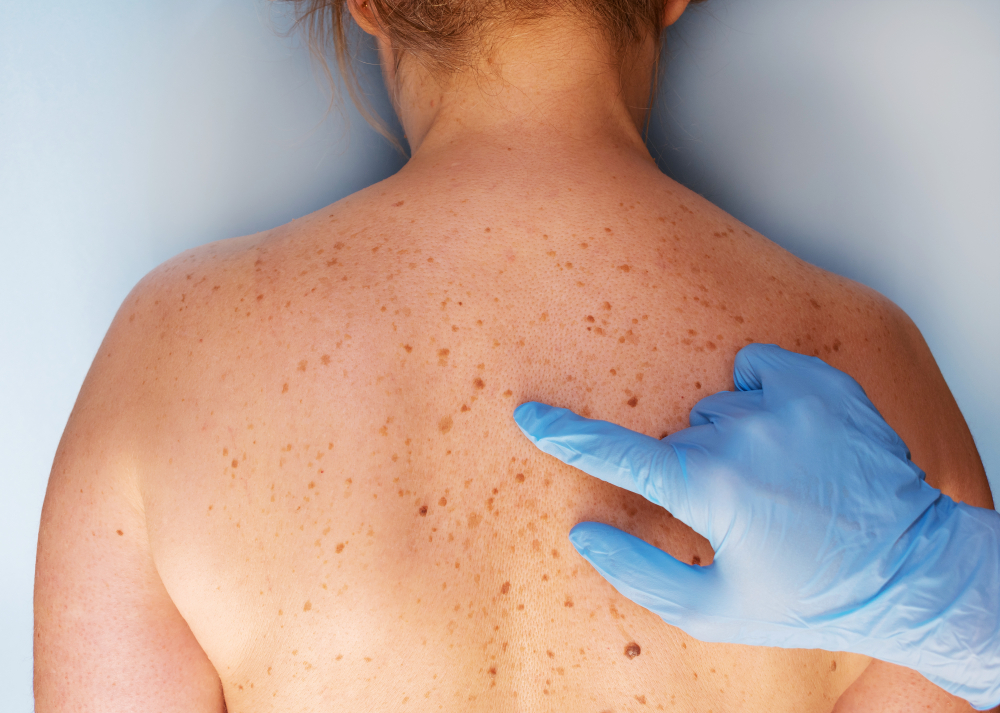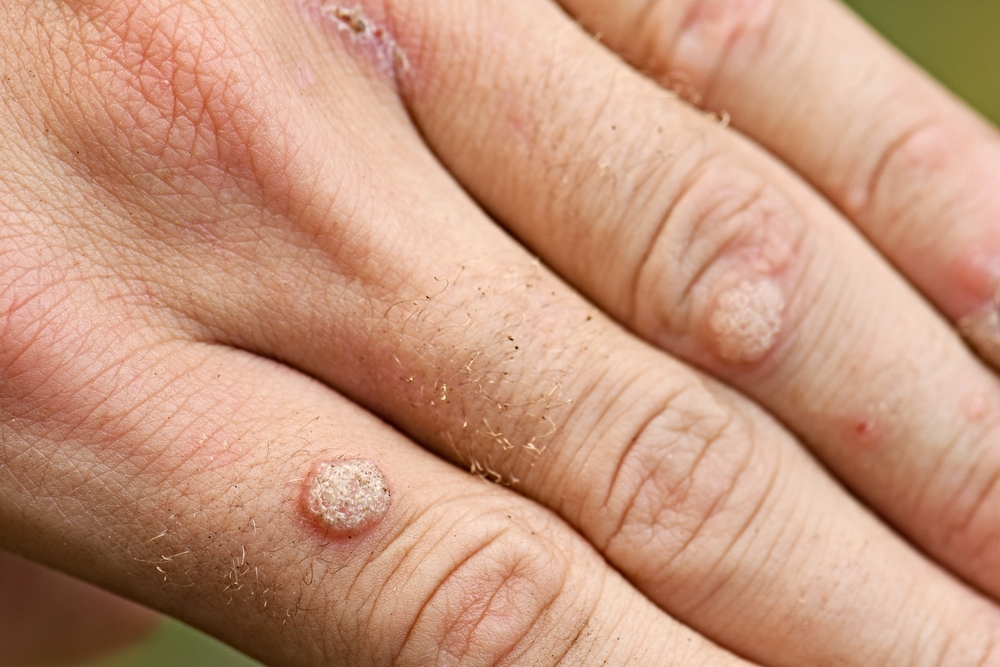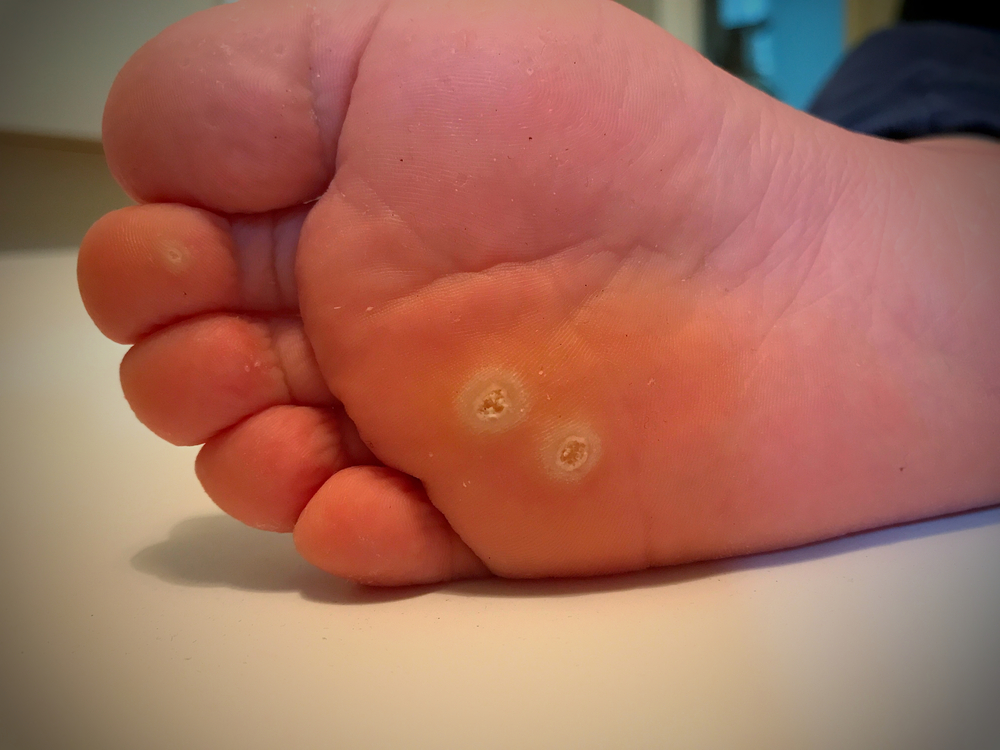Treatment for Moles & Warts

Moles, warts, skin tags, and other growths that develop on the skin are extremely common – and perhaps one of biggest reasons patients see a dermatologist for the first time.
Moles (nevi) are small, darkened areas on the skin that may be raised or flat and come in a variety of shapes, sizes, and colors. Most often, they appear on the skin in the first couple decades of life but can occur at any age. Everyone has moles, and it is typical to have as many as 40 by the time you reach adulthood. Moles darken in color after sun exposure. They can develop anywhere on the body, from scalp to toes.
The vast majority of moles are noncancerous, but paying attention to atypical moles can be an effective way to catch skin cancer in its early stages. In about half of all cases of melanoma, the cancer began inside an existing mole, which is why regular preventive skin screenings by a qualified, experienced dermatologist is recommended. Mole mapping allows the doctor to note the location and characteristics of moles at each visit in order to more easily notice any irregular changes at subsequent visits.
The more moles you have, the greater your likelihood of developing skin cancer. Signs of skin cancer include moles that:
- Are asymmetric in appearance
- Have irregular borders or variations in color
- Are larger than the size of a pencil eraser
- Change over time
Skin tags are small benign growths that stick out from the skin. They are believed to develop as the result of friction in the area – either with folds of skin, clothing, or other repeated irritants. Typical locations for skin tags include the neck, underarms, and eyelids. No treatment is needed for skin tags unless the growth is constantly irritated or in an undesirable location, at which point your dermatologist can remove it quickly, easily, and safely during an office visit.

Unlike moles and skin tags, warts are the result of an infection with the human papillomavirus (HPV). The appearance and location of warts will vary depending on the strain of HPV involved, but in general they are raised, fleshy bumps that cause no pain. Common locations include the fingers, back of the hands, and genitals.

Plantar warts grow on the bottom of the feet. They differ from other types of warts because they grow inward and may be painful. You should not use over-the-counter treatments on plantar warts. They should be removed by a dermatologist instead.
Warts are contagious and may spread to different locations of the body or to others through contact with the wart. Common treatments for removing warts include topical medications, burning (cauterization), freezing (cryotherapy), or tissue scraping. Your dermatologist can tell you which might be the best way to get rid of your particular type of wart.
Make an Appointment for a Mole, Wart or Skin Growth
Concerned about a growth on your skin? Whether it’s a mole, wart, skin tag, or other growth, let Dr. Yvette Tivoli at Atlantic Derm take a look. Call (561) 802-SKIN (7546) or use our online form to request a visit to our office in Delray Beach, Florida.

